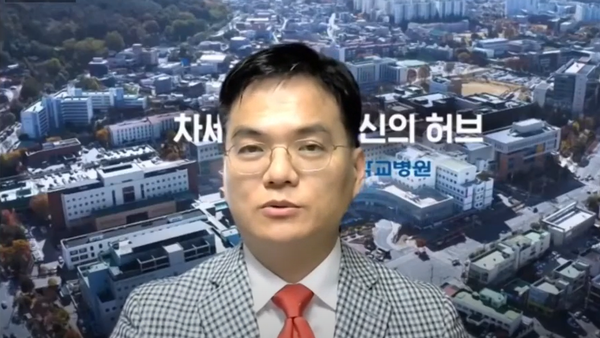The health authorities need to improve reimbursement and treatments for patients suffering from pulmonary hypertension in early-stage as the disorder ends with a low survival rate.

At a National Assembly workshop, Professor Park Jae-hyeong of the Department of Cardiology at Chungnam National University said that the government should create an environment that provides a combination therapy for pulmonary hypertension patients to improve survival rates.
Professor Park stressed the need to expand the scope covering reimbursement of pulmonary hypertension treatments in Korea. “Unlike the global guidelines, the reimbursement standards for combination therapies are provided only to high-risk patients in Korea, delaying appropriate treatment and limiting available therapies,” he said.
The U.K. and Japan use medicines based on their guidelines for pulmonary arterial hypertension and trying to maintain optimal blood pressure in patients, Park noted.
He added that pulmonary hypertension patients in the U.S. and Europe expect to show a much higher survival rate than in Korea, where the five-year survival rate stands at only 46 percent.
“Treatment gets delayed in Korea as the standards for providing the combination therapy for pulmonary arterial hypertension only applies to high-risk patients,” Park said. “We have very strict conditions to meet for using combo therapies, and our three-year survival rate of pulmonary hypertension patients is one of the lowest among the OECD member nations.”
Park reminded that pulmonary hypertension is one of the disorders requiring attention, pointing to a lower five-year mortality rate than the major cancers, including breast, thyroid, colorectal, and cancer, except for lung cancer.
Compared to the past when there were no therapies and the low average survival rate of 2.8 years, patients can now expect to increase their survival period to 7.6 years with various therapeutic methods, according to Professor Park. Pulmonary arterial hypertension is a rare disease, and the prognosis can be improved when diagnosed early and treated properly.
“To ensure that pulmonary hypertension patients receive treatment according to their situation, we made a medical guideline in 2020,” Park said. “We believe patients can receive appropriate treatments through the guideline and rare disease treatment center. To this end, cooperation is needed among the government, the National Assembly, academy, medical staff, and patients.”
Park recalled that the Health Insurance Review and Assessment Service held an advisory meeting to discuss the feasibility of revising the reimbursement for the combination therapy in pulmonary hypertension patients in July, expecting a positive outcome to help support the patients.

